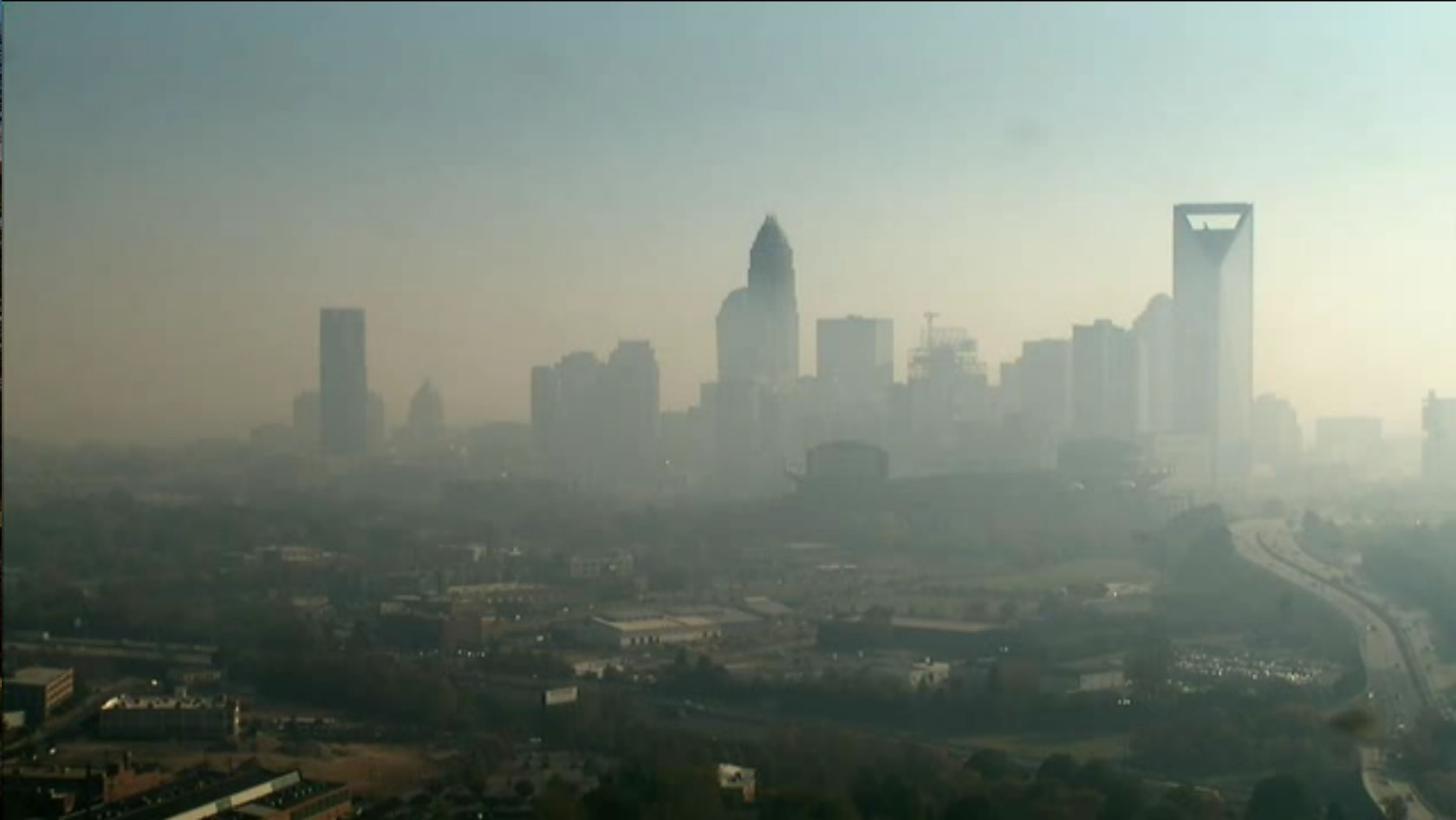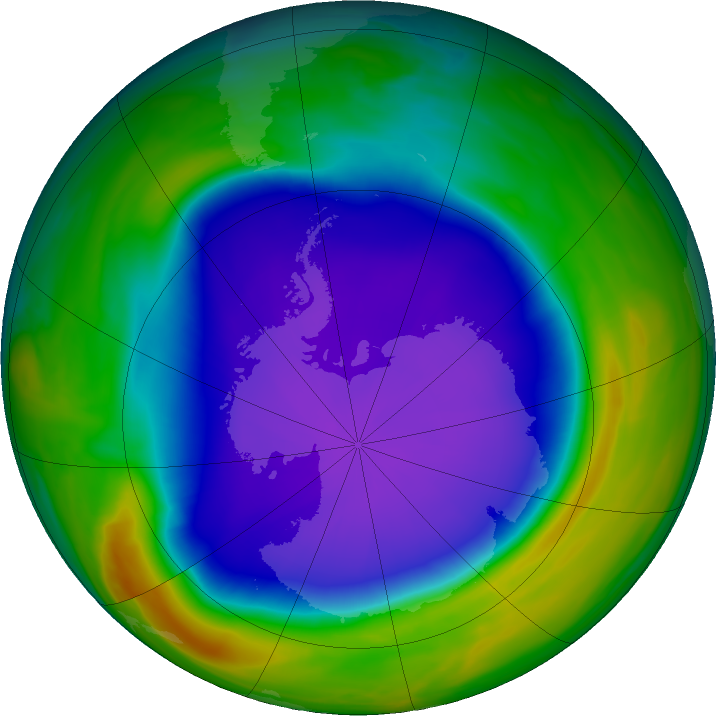Next offering is TBD as of Spring 2023
Course Prefix: ESCI 4220 (CRN 23479) or ESCI 5220 (listed as METR 4220 through Spring 2023)
Meeting Days/Time: TBD
Prereq: CHEM 1251 with a C or better
Note: Atmospheric Chemistry is taught about every other year as a major elective for the Meteorology BS, Earth and Environmental Science BS, and Chemistry degrees. In addition to some of the nuts-and-bolts of the meteorology and chemistry of air quality and the Ozone Hole, I also discuss low-cost sensors for air pollution monitoring, and the intersection of air quality research with advocacy, citizen science, and policy discussions. My aim is to set up discussions that help prepare you for jobs in air quality monitoring and forecasting, environmental consulting, science advocacy, citizen science, or research.
What ingredients go into the chemical soup of urban air pollution?

Image of Charlotte, North Carolina in November 2016 after smoke was transported from fires on the eastern NC Appalachian mountains. Air Quality Index was red for a day, which is really rare. Photo is from WBTV tower cam.
Why do we have an Ozone Hole?

The Ozone Hole in September 2020.
Atmospheric Chemistry is an elective for the Meteorology BS, Earth and Environmental Sciences BS, and Chemistry BA and BS, and it is cross-listed as ESCI 5220 for graduate students. We study air quality, global ozone layer depletion, and the Ozone Hole, which are all major environmental problems that research by atmospheric chemists has helped in guiding global solution pathways.





